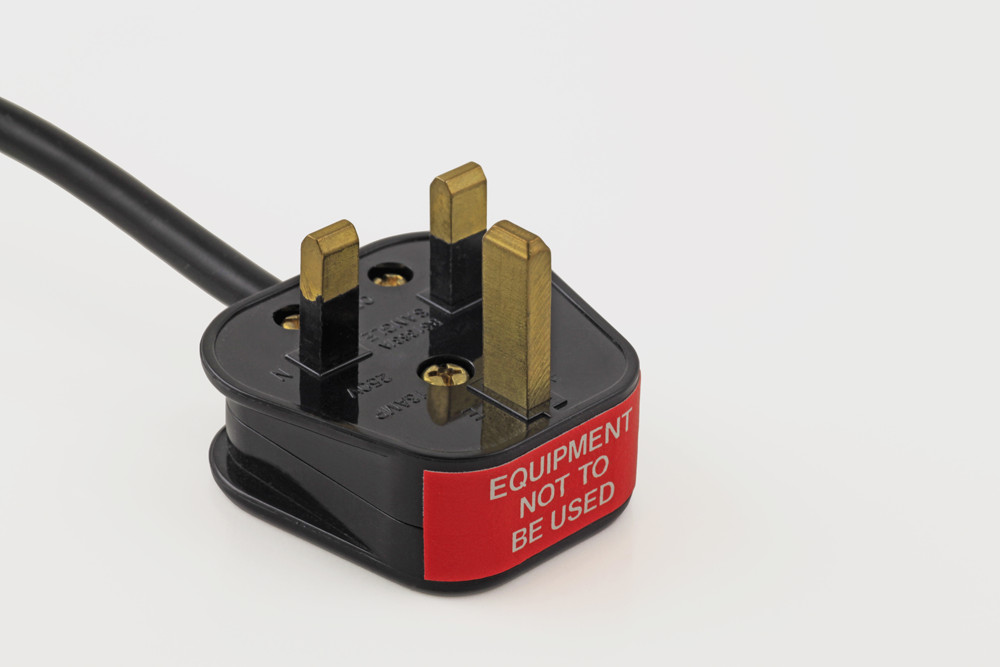
Just a single spark from a faulty electrical appliance could start a fire that destroys your business. Conducting regular Portable Appliance Testing (PAT testing) will help to prevent this and ensure that your workplace stays safe.
All employers and self-employed people should be aware of what the PAT testing regulations UK are. We’ve put together this quick guide to help you understand PAT testing law and what you need to do to stay compliant.
What Are the PAT Testing Regulations UK?
PAT testing involves checking that all portable appliances in the workplace are safe to use and in good working order. The actual formal name for PAT testing is ‘service inspection and electrical equipment testing.’
There’s no specific PAT testing legislation or PAT testing law. So, it can be difficult for employers to understand exactly what their health and safety obligations are. However, certain pieces of UK legislation require employers and self-employed people to ensure that workplace electrical appliances are safe.
Do You Have to Comply with PAT Testing Legislation?
There are three main pieces of legislation that apply to electrical equipment.
The Health and Safety at Work Act of 1974 requires that reasonable steps be taken to ensure the workplace is safe for employees and for the general public. It’s the cornerstone of health and safety law in the UK.
The Electricity at Work Regulations 1989 states that landlords, employers, managers and self-employed people must keep any electrical appliance that has the potential to cause harm in good working order.
The Provision and Use of Work Equipment Regulations (PUWER) also mandate that all workplace equipment must be safe to use and adds that all equipment must undergo regular testing and maintenance.
While conducting portable appliance testing is not specifically stated in the law, it is widely recognised as good practice and will demonstrate compliance. Guidelines for how to conduct PAT are laid out by the Institute of Electrical Engineering (IET) Code of Practice for In-service Inspection and Testing of Electrical Equipment.
In other words, ensuring your equipment regularly has PAT testing conducted on it, will help ensure that you are not in breach of these regulations.
What is Involved in PAT Testing?
PAT testing an appliance combines a formal visual inspection with electrical testing.
Visual Inspection: This involves looking over the appliance to check for any damage, loose or exposed wiring, frayed cords or corrosion. The electrical sockets where the appliance is usually plugged into must also be checked.
The inspection should also consider any environmental hazards such as water, tangled cables or cords, or overloaded sockets. Other factors include how old the appliance is, what it’s used for and how often it’s in use.

Electrical Testing: Here, the appliance should be plugged into a certified and calibrated PAT testing device. The tester will then run a series of tests to see if the equipment is functioning.
These tests vary depending on the appliance, but can include:
- Earth continuity test
- Insulation test
- Polarity Test
Pass/Fail Criteria: Equipment will fail inspection if any faults are identified or if it fails any of the electrical tests conducted on it.
If a device fails a manual PAT test, it must not be used. Immediately dispose of it or send it for repair. If repair work is done, the appliance must pass another PAT test before it can be used again.
All appliances that undergo PAT testing should be marked with a pass or fail sticker.
Recording PAT: After completing your PAT test, a detailed record should be kept of:
- What equipment has been tested
- If it passed or failed
- The date and time of the test

Who Can Carry Out PAT Testing?
The PAT testing regulations UK state that to carry out PAT testing a person must be competent to do so. A competent person is defined by the HSE as someone that has sufficient knowledge, experience, and training to carry out a task properly.
Many business owners employ professional PAT testers to carry out manual PAT tests on heavy-duty electrical equipment, such as electric hand drills. Employees can also undergo training to learn the skills to conduct PAT tests on less high-risk equipment such as photocopiers or computer monitors.
Where to Find an Online PAT Testing Course
Conducting regular PAT testing on the electrical equipment in your workplace will keep you in line with the PAT testing regulations UK. PAT testing also protects your employees and your customers and reduces the risk of a fire in your business.
Our PAT Testing course covers the fundamentals of how to conduct visual PAT tests. The course includes a free e-Checklist that takes you through the entire PAT testing process.






















































































































































































































































































































































































































































































































































































































































































































































